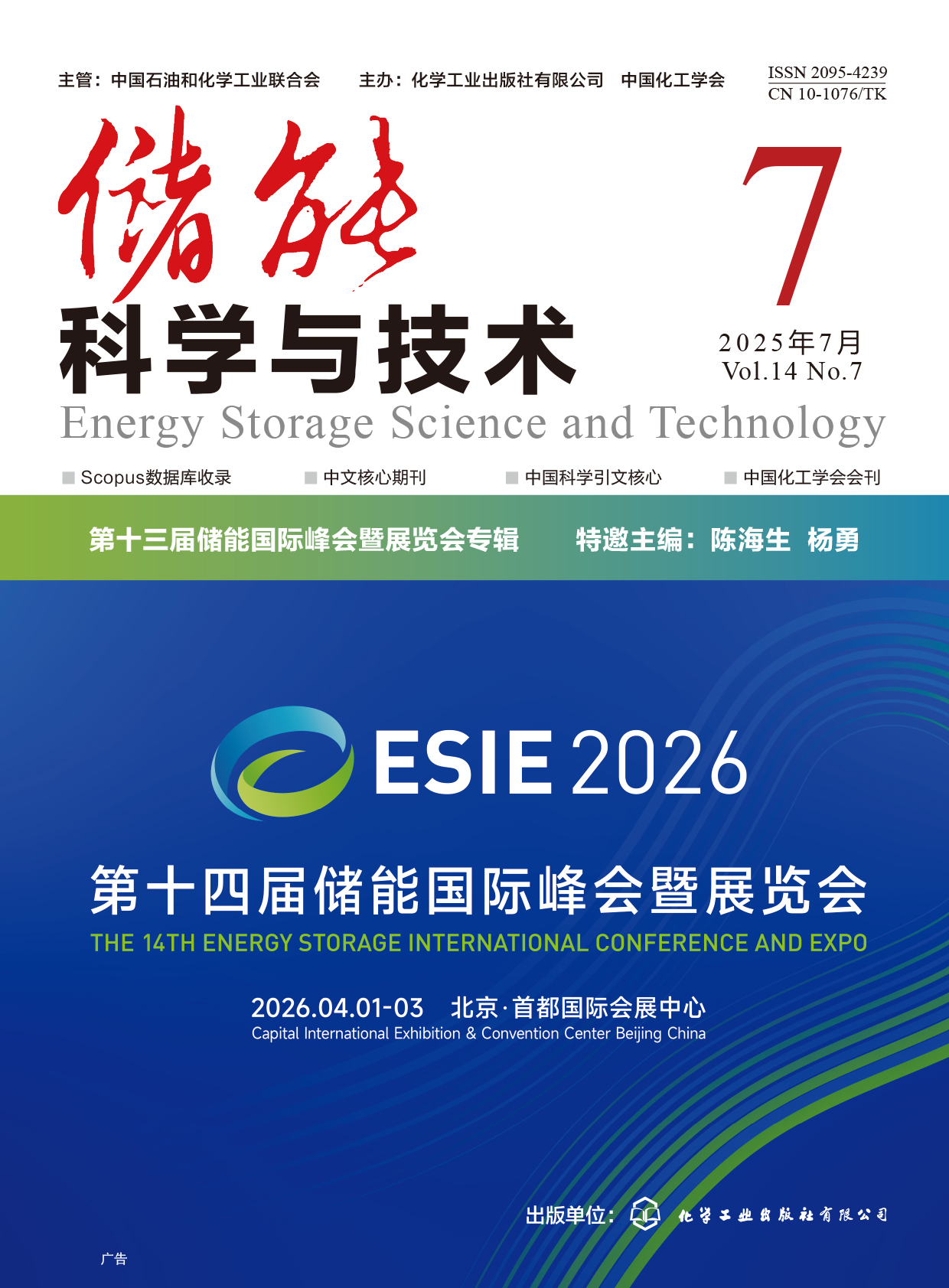solid oxide fuel cells (SOFC) are highly efficient, all-solid-state electrochemical energy-conversion devices that can directly transform the chemical energy of fuel into electricity. SOFCs are one of the most advanced green fuel cell technologies owing to their unique advantages, such as environmental friendliness, high power-generating efficiency, and wide fuel adaptability. The stable operation of SOFCs depends on their structural design and assembly, with the structure serving as the core structure that determines the mechanical strength, assembly process, and electrochemical performance. This study reviewed recent related literature on SOFC support structures, categorizing them into three main types: electrolyte, electrode (anode and cathode), and metal supports. The material composition, function characteristics as well as preparation methods of the three supports were examined. The research status of the three supports is summarized below. In addition, the important factors affecting the selection of support materials and battery performance were analyzed from different perspectives. Along with the existing research reports, this study proposes optimization strategies to improve existing support structures. The major challenges and complexity in the functional section of SOFC support include: (i) improving the mechanical strength while reducing the thickness of the electrolyte support, (ii) maintaining the structure stability and inhibiting carbon deposition of the anode support, (iii) reducing the concentration polarization of the cathode support, (iv) improving the oxidation resistance and adaptability of the metal support. Furthermore, developing novel SOFC materials that match the structure of each support is the focus of current and future research, as well as the realization of SOFCs with low temperature, low cost, and long-term durability. This article provides a comprehensive review with respect to the material, property, preparation, underlying mechanisms, and performance of SOFC support, and provides future directions for SOFC development.

